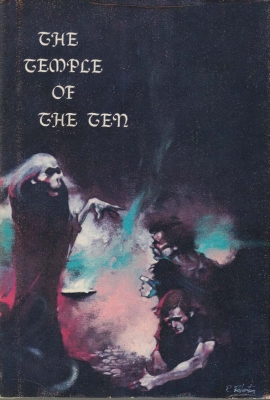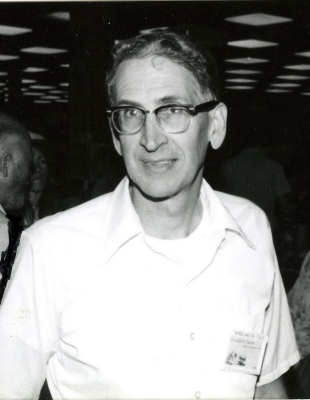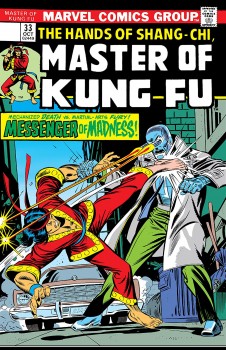The Public Life of Sherlock Holmes: Holmes on the Range
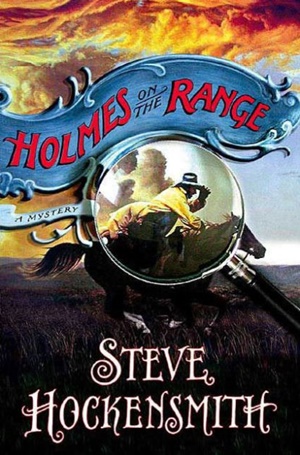 That’s right: The Public Life of Sherlock Holmes is back! Well, for one week, anyways. A (Black) Gat in the Hand will resume next Monday. There were quite a few topics I never got around to covering during TPLoSH’ 156-ish week run. (Wow!) And one was Steve Hockensmith’s Holmes on the Range series. I recently got around to finishing the short story collection that I bought for my Nook back in 2011 (I’ve got a bit of a reading backlog, ok?!), and I decided I needed to finally write a post about it, before it got buried in the To Write list again. So, here we go!
That’s right: The Public Life of Sherlock Holmes is back! Well, for one week, anyways. A (Black) Gat in the Hand will resume next Monday. There were quite a few topics I never got around to covering during TPLoSH’ 156-ish week run. (Wow!) And one was Steve Hockensmith’s Holmes on the Range series. I recently got around to finishing the short story collection that I bought for my Nook back in 2011 (I’ve got a bit of a reading backlog, ok?!), and I decided I needed to finally write a post about it, before it got buried in the To Write list again. So, here we go!
There are a lot of ways to go about writing a Sherlock Holmes story. Some folks attempt to very carefully emulate Sir Arthur Conan Doyle’s own style, and turn out a tale that feels as if it might have been done by the creator of the great detective himself. Of course, success varies greatly. Hugh Ashton and Denis O. Smith are the best I’ve found in this regard. You can find stories ranging from pretty good to not suitable for (digital) toilet paper. I’ve had three of my own stories published with ‘meh’ results.
Some folks write whatever the heck they want, often with the name of Holmes being the only similarity to the famed detective. It is possible to find good Holmes stories that sound nothing like Dr. Watson’s narrative style, of course. And Holmes has been placed in different eras, and even worlds.
There have been Holmes parodies around for over a hundred years. I’ve written a couple myself, and they were fun!
There are Holmes-like successors out there, of whom August Derleth’s Solar Pons is the best. Yes, I’m aware that’s a subjective judgement, but it’s mine, and I’m the one writing this essay, so it stands. I’ve written about Pons more than once (here’s a good overview), and even contributed introductions and pastiches to anthologies.
But today I’m going to talk about one of Sherlock Holmes’ contemporaries; albeit, quite different and far away. Steve Hockensmith had been writing short stories for Ellery Queen’s Mystery Magazine Christmas issue, and wanted to sell more to the venerable magazine. EQMM does an annual Sherlock Holmes issue, so he figured that was the way to go. But he wanted to write more than just another Holmes story.
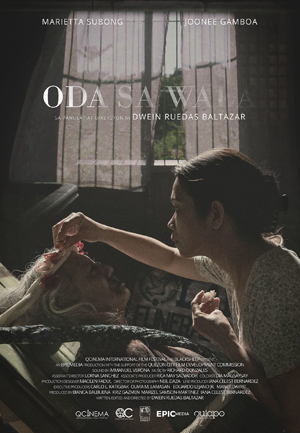 For my third movie of July 21 I wandered back to the Fantasia screening room. There, I settled in with a movie from the Philippines: Ode To Nothing. Written and directed by Dwein Ruedas Baltazar, it follows Sonya (Marietta Subong), a woman no longer young who owns her own funeral home in an unnamed town. Alone except for her father, Rudy (Joonee Gamboa), Sonya tries to keep the funeral home going despite debts to local loan shark Theodore (Dido Dela Paz). Then a body is brought to her for burial under suspicious circumstances. Rather than bury the corpse, though, Sonya begins to speak to it, and comes to think that the body of the old woman is bringing her luck — even to treat the body as her surrogate mother. Is the corpse responsible for the sudden influx of business to the funeral home? And even if it is, can you trust the gifts of the dead?
For my third movie of July 21 I wandered back to the Fantasia screening room. There, I settled in with a movie from the Philippines: Ode To Nothing. Written and directed by Dwein Ruedas Baltazar, it follows Sonya (Marietta Subong), a woman no longer young who owns her own funeral home in an unnamed town. Alone except for her father, Rudy (Joonee Gamboa), Sonya tries to keep the funeral home going despite debts to local loan shark Theodore (Dido Dela Paz). Then a body is brought to her for burial under suspicious circumstances. Rather than bury the corpse, though, Sonya begins to speak to it, and comes to think that the body of the old woman is bringing her luck — even to treat the body as her surrogate mother. Is the corpse responsible for the sudden influx of business to the funeral home? And even if it is, can you trust the gifts of the dead?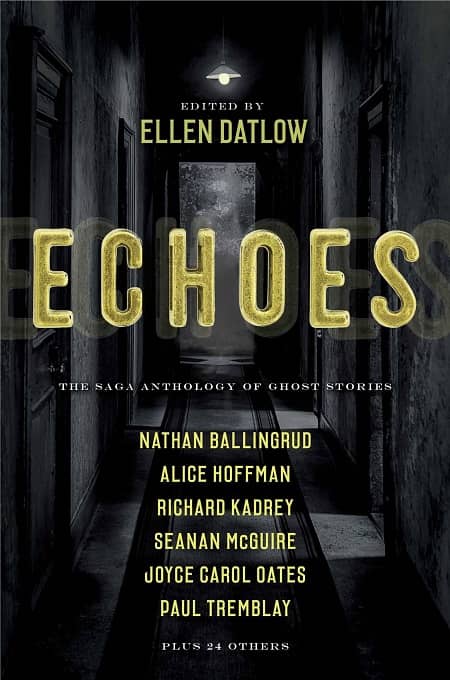
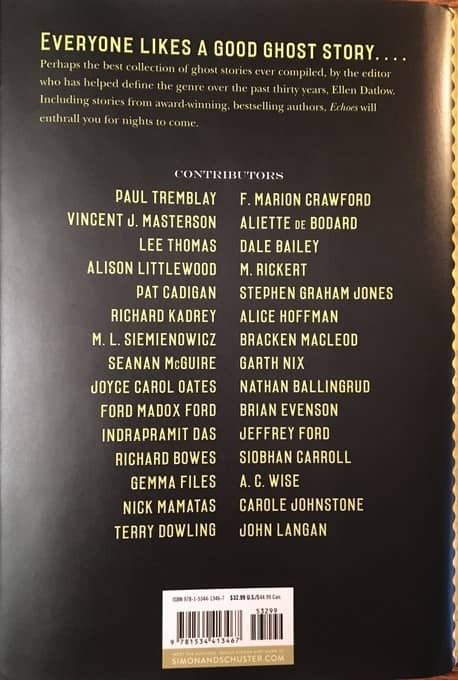
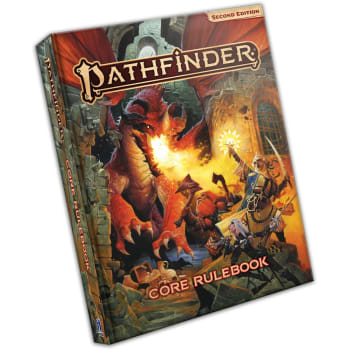
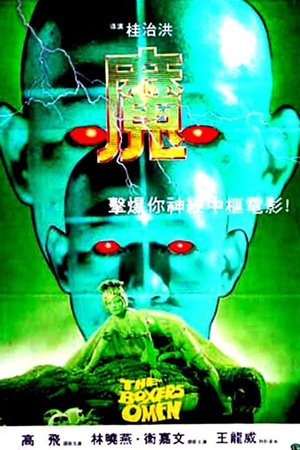 For my second film of July 21 I stayed at the De Sève Theatre to watch one of my more anticipated movies of the festival. Each year Fantasia plays a Shaw Brothers film on 35mm — not one of the Shaw classics, usually, but one of their stranger works. The past few years I’ve seen
For my second film of July 21 I stayed at the De Sève Theatre to watch one of my more anticipated movies of the festival. Each year Fantasia plays a Shaw Brothers film on 35mm — not one of the Shaw classics, usually, but one of their stranger works. The past few years I’ve seen 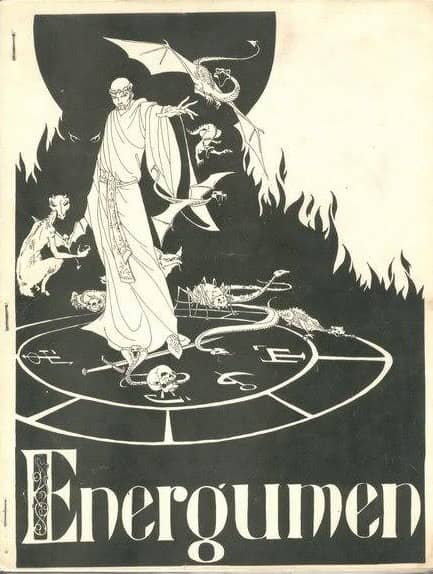
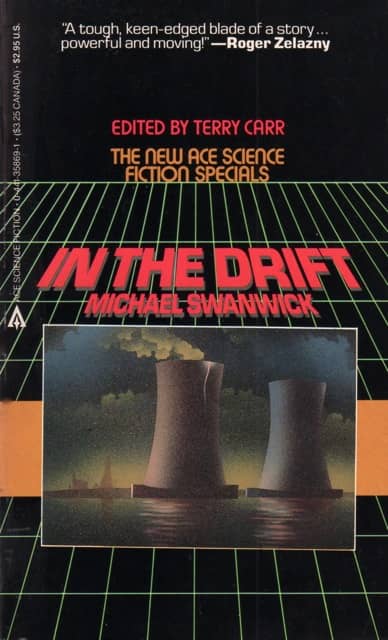
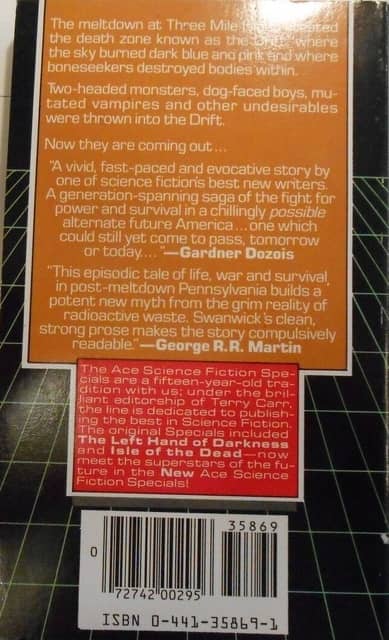
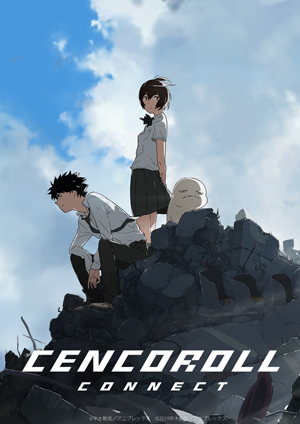 My first film at Fantasia on July 21 was actually two films put together. In 2009 Atsuya Uki released a 25-minute short he’d written and directed, called “Cencoroll,” based on a one-shot manga he’d written and illustrated. The short was well-received, and over the last decade he’s created a 50-minute follow-up. The two movies have now been released as one, Cencoroll Connect (Senkorōru, センコロール コネクト). They work together as one story, but I wonder, never having seen the original “Cencoroll” on its own, whether the first short would have left more room for an audience’s imagination to work.
My first film at Fantasia on July 21 was actually two films put together. In 2009 Atsuya Uki released a 25-minute short he’d written and directed, called “Cencoroll,” based on a one-shot manga he’d written and illustrated. The short was well-received, and over the last decade he’s created a 50-minute follow-up. The two movies have now been released as one, Cencoroll Connect (Senkorōru, センコロール コネクト). They work together as one story, but I wonder, never having seen the original “Cencoroll” on its own, whether the first short would have left more room for an audience’s imagination to work.